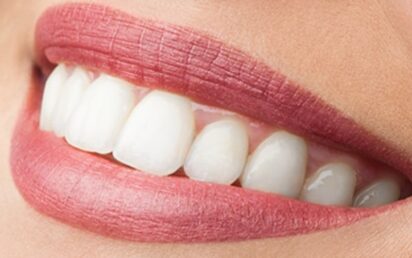There is no denying that a smile can make or break meet-ups. It is the facial feature that has the ability to cast a significant impact when it comes to making first impressions. Even if you don’t speak a word, your smile can convey a lot.
Your perfect smile doesn’t only have physical effects but also psychological and emotional. It is what captures other people’s attention. First impressions matter a lot and a smile reflects a great deal about a person. Moreover, it is the human psyche to draw conclusions about a person’s mood or behavior based upon their facial expressions or the smile they pass.
If you are not confident about the smile you flash, it can negatively affect your first impressions. Not being sure about how you look when you smile can make you feel insecure. You might appear as aloof, hesitant and detached to the people you meet.
So, what is that can be termed as a perfect smile?
Incisal embrasures
The edges of the teeth have spaces between them that follow a pattern, developing between the incisors at the center and subsequently progressing sideways. The edges and spaces combined creates a silhouette that results in an attractive, perfect smile. The incisal embrasures’ size and volume between teeth expands as your teeth move from the midpoint.
A non-uniform incisal embrasure can end up forming a straight line and give off an unnatural look, hence an imperfect smile.
The proportion of the teeth
For most people, a perfect smile is one in which the two central teeth in the front stand dominant in addition to enjoying a 75-80 percent width-to-length ratio. This makes the smile look symmetrical and just perfect. Other than this, a long set of teeth gives off a more youthful smile. Moreover, it also plays an important role when it comes to facial contouring. For example, for a plump face, square-shaped and a longer set of teeth can give a slimming effect.
The angle of teeth
The front teeth must appear symmetrical whereas the back ones should appear balanced. To sum up, the teeth should not protrude too much or be too inwards. Additionally, the teeth should not be uneven or crooked. The upper front teeth should be tipping towards the midline so that an aesthetic effect is created.
No gums at display
A perfect smile means there is no gum at display! They should not show more than 4mm of the entire gum tissue. If it does, it takes the beauty of the smile away. For your smile to not appear gummy, the gum should show less than 2 mm of the whole gum tissue.
Buccal corridor
The buccal corridor refers to the dark space that is present between the mouth’s corner and upper teeth. People who have smaller buccal corridors, which means having a broader smile, are considered as the ones having the “best” or the “most perfect” smile.
The amount of teeth show
For your smile to have that perfectly balanced proportions, it is important that the teeth exposure is limited to 10mm of the total length of the smile. If it exceeds, the smile’s look can suffer and your smile can give off an imperfect appearance.
How to get that perfect smile?
Your dentist will need to take the aforementioned factors into consideration when devising the smile design plan. It will require a thorough, comprehensive approach encompassing elements of orthodontics and cosmetic dentistry in order to achieve the desired result. Speaking of this, a very fine set of skill and precision is required to pull off this, which is why a personalized plan is instrumental. Therefore, make sure to run a thorough research when you go out to finalize a dentist London.


